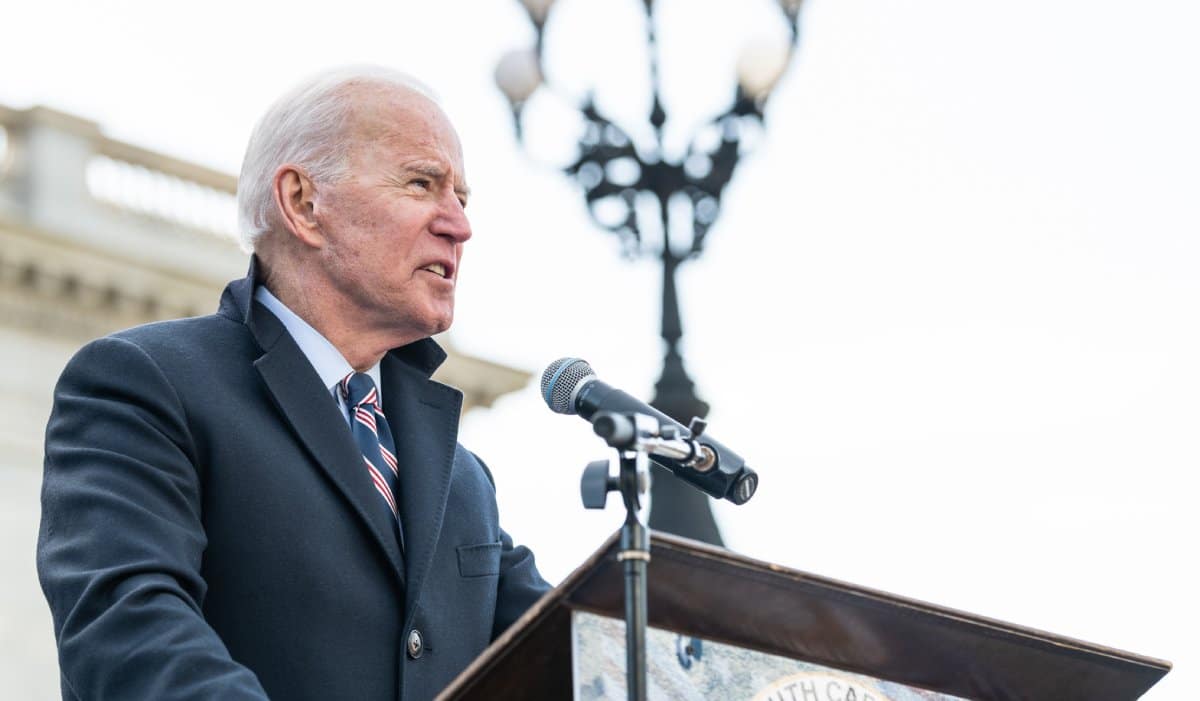The U.S. government has announced a foreign aid package nearing $95 billion, with a substantial portion earmarked for Ukraine. This financial commitment has ignited discussions about its impact on economic growth and political debates on the nation’s priorities and strategic interests.
Funding Flow to U.S. Factories

$38.8 billion of the aid for Ukraine will support American factories producing military equipment, creating jobs in states like Ohio, Pennsylvania, and Texas.
Economic Ripple Effects

The increased funds are expected to support existing jobs and create new employment opportunities across the country.
Locations like Lima, Ohio, and Mesquite, Texas, are set to see significant job growth, highlighting the domestic benefits of foreign aid.
Sector-Wide Stimulus

This infusion of cash into the defense manufacturing sector will replenish U.S. military stockpiles.
It’s a move that shows there’s strong demand for military goods made in the USA, which could mean more production and jobs.
Nationwide Benefits

Benefits of the aid package will be felt across the U.S., from Arizona to Alabama, showcasing a broad distribution of economic gains.
This strategy not only supports the defense sector but also stimulates local economies in these regions.
Strategic Manufacturing Boost
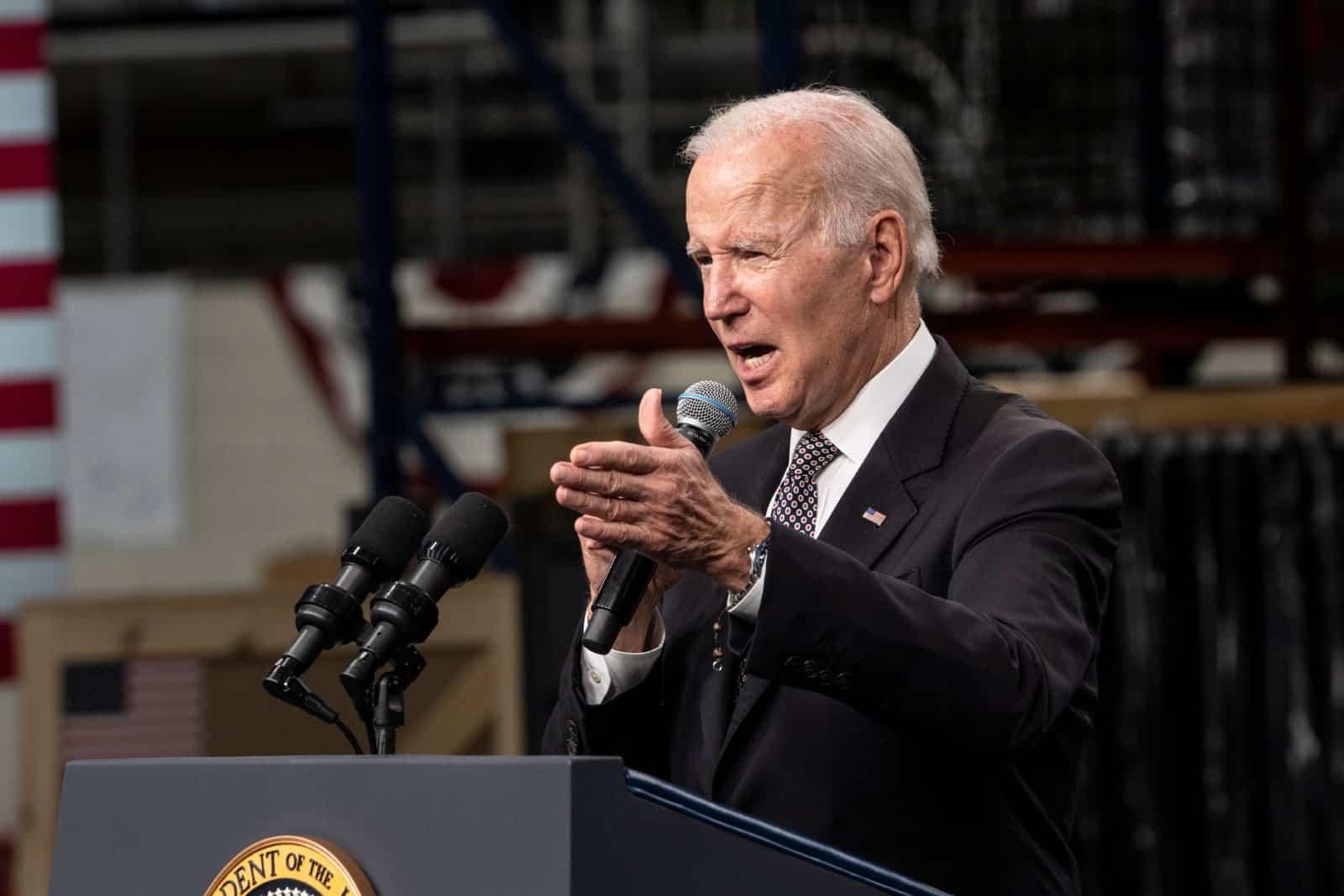
The Biden administration plans to boost military manufacturing with plans to increase the production of artillery shells and other munitions, signaling a major increase in industrial output.
Defense Sector Growth

Recent figures show the U.S. defense manufacturing output at nearly $162 billion. The additional funding for Ukraine will boost this production, highlighting the financial power of U.S. manufacturing.
House Speaker’s Opposition

Mike Johnson’s position reflects a broader debate on prioritizing domestic needs over foreign aid.
Presidential Perspective
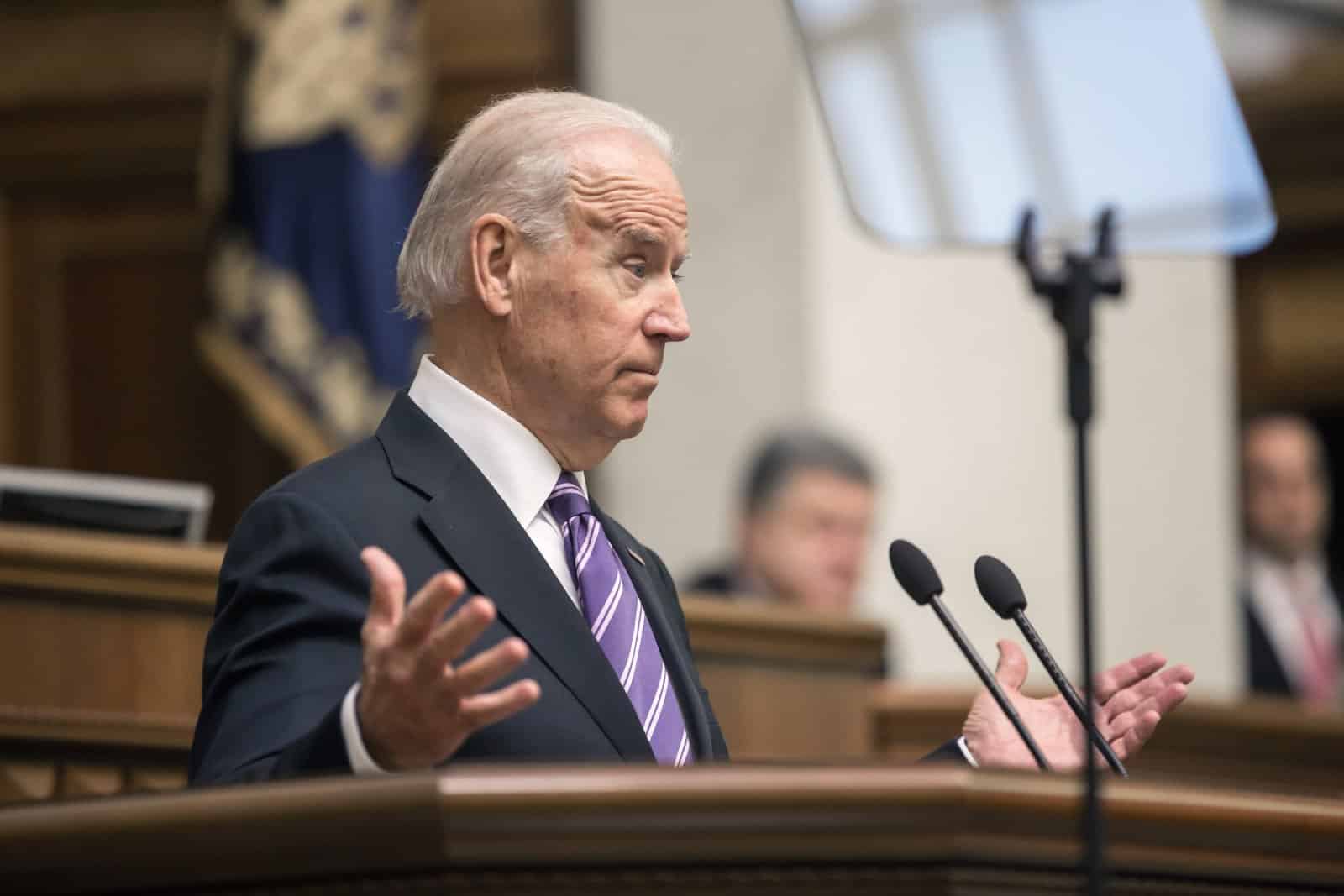
President Biden argues that supporting Ukraine indirectly benefits the U.S. by supporting domestic industries and job creation.
This challenges the idea that government spending should stay only within the country, highlighting how global aid links to domestic prosperity.
Intra-Party Divisions
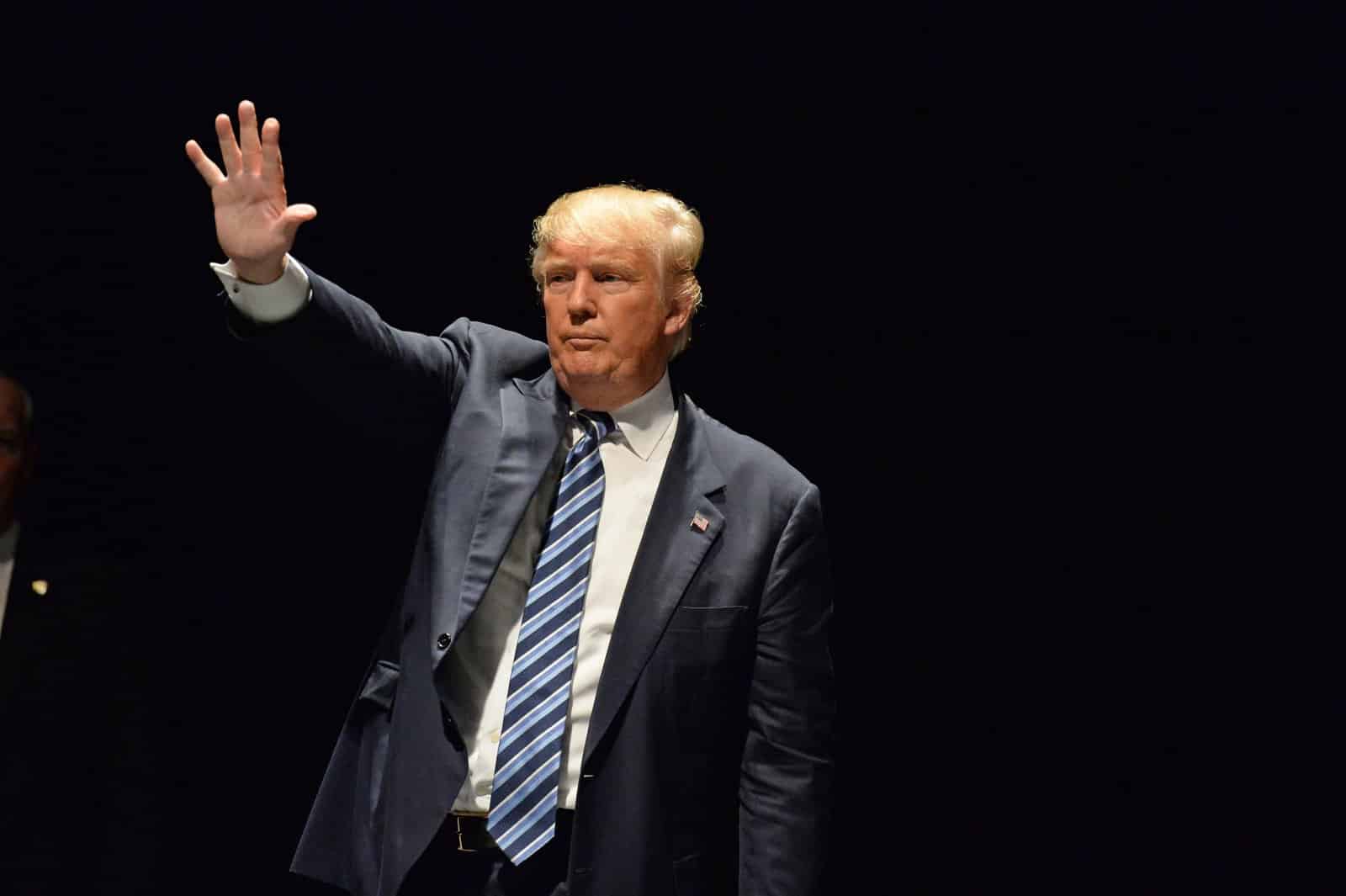
The Republican Party remains divided internally, partly due to the influence of former President Donald Trump’s isolationist views.
Direct Employment Opportunities

The aid package directly boosts job creation, particularly in defense. Factories nationwide are ramping up production, benefiting directly from the funds for military manufacturing.
Industrial Capacity Enhancement

Plans to scale up manufacturing capacities underscore a significant commitment to revitalizing the U.S. defense industry.
This includes a six-fold increase in artillery shell production, a major boost to the industrial sector.
Supporting Global Democracy

Invoking the “Arsenal of Democracy” ethos, the aid package is framed as a continuation of America’s legacy of supporting democratic nations, aligning domestic economic policies with broader foreign policy objectives.
Countering Adversaries
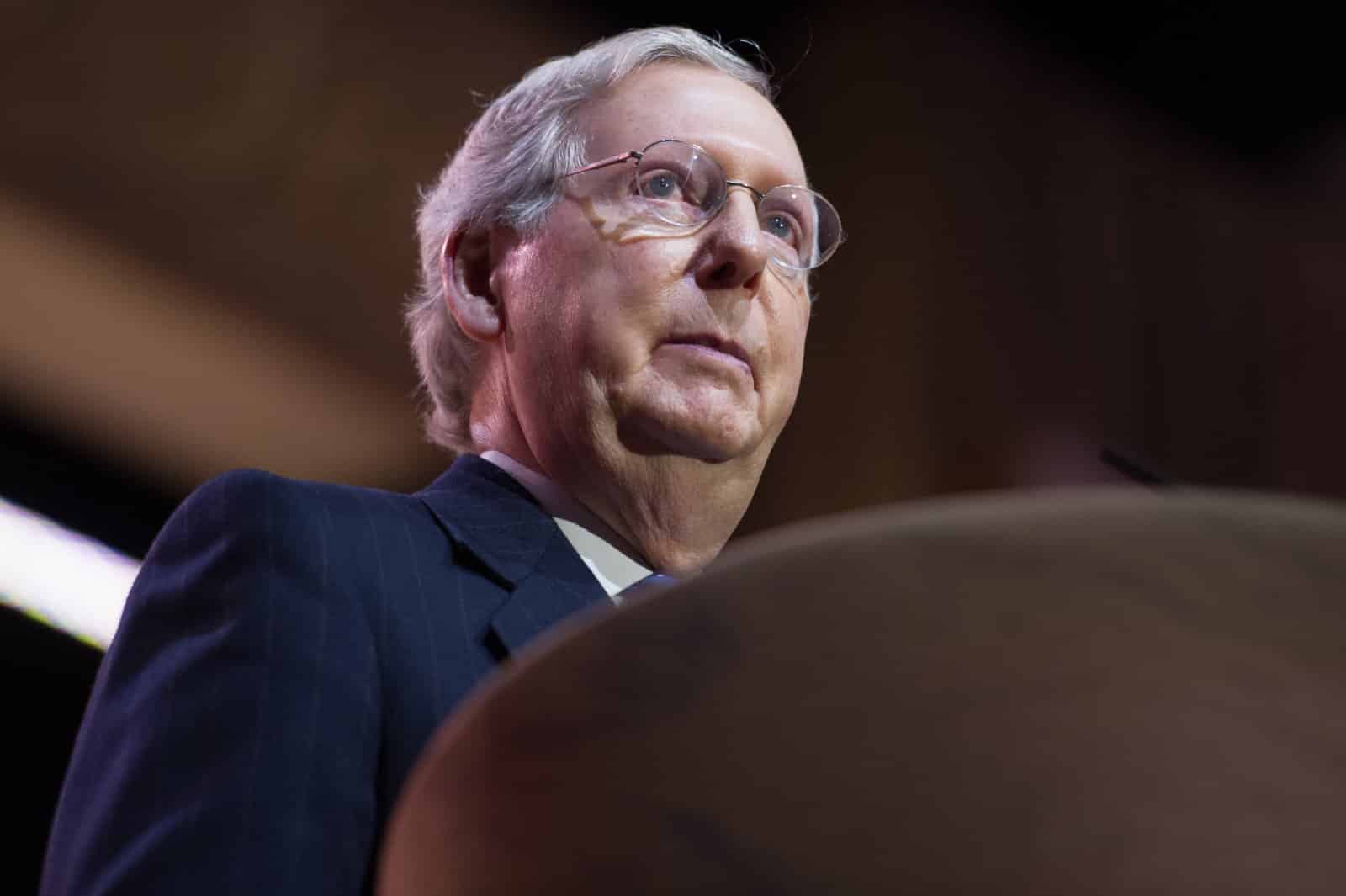
The financial support for Ukraine serves as a countermeasure to Russian aggression, emphasizing the U.S.’s commitment to international stability and democratic values.
Senate Republican Leader Mitch McConnell’s support contrasts with his party’s divisions, highlighting the aid’s strategic importance.
Border Security Debates

Disputes over border security measures highlight the trade-offs involved in allocating federal resources.
This issue remains a focal point for Republican critics, demanding a balanced approach to domestic and international priorities.
A Call for Bipartisan Support
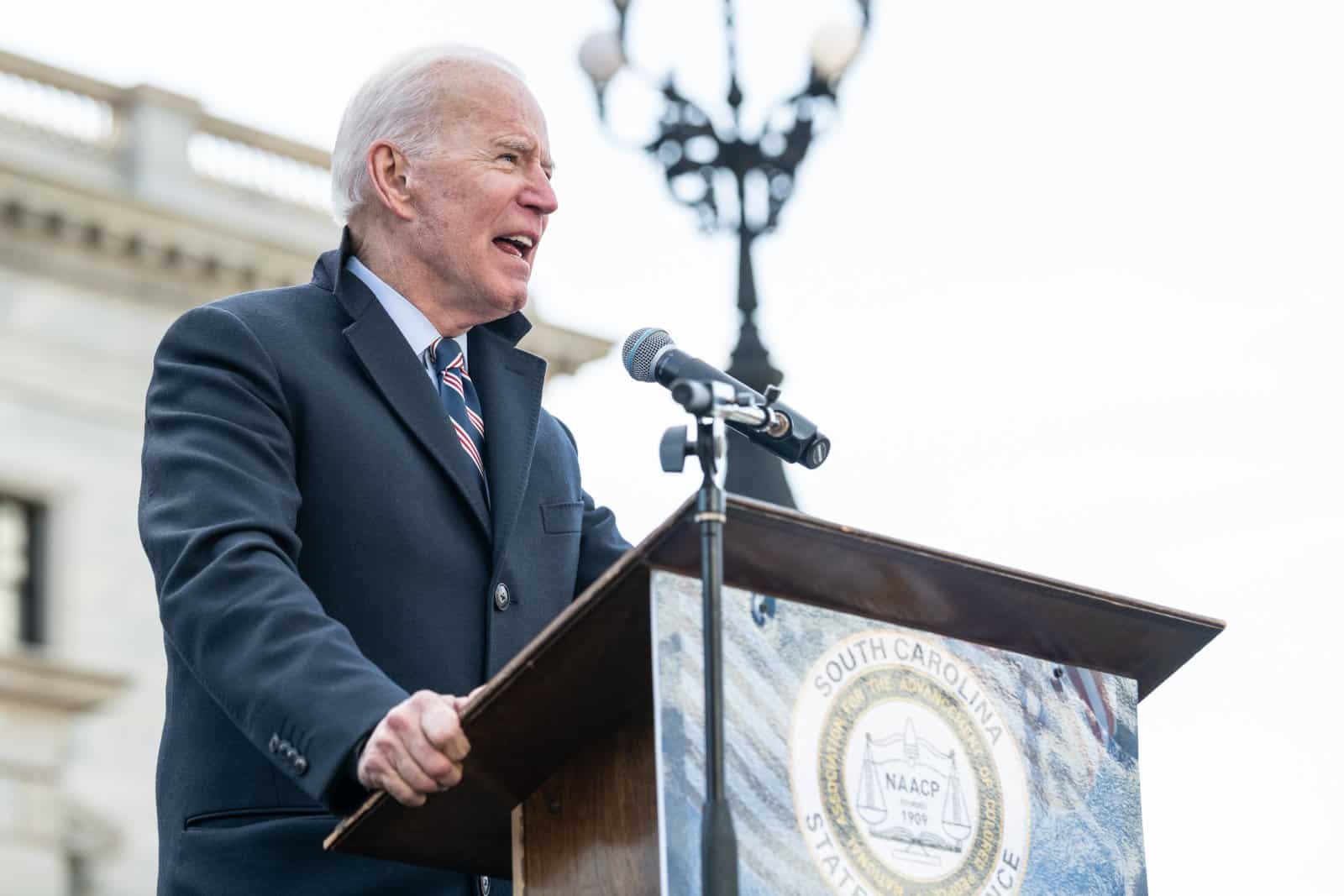
President Biden is urging House Republicans to prioritize supporting Ukraine, highlighting it as both a moral obligation and a strategic imperative.
The post Is Biden Allocating Excessive Aid Overseas? first appeared on Swift Feed.
Featured Image Credit: Shutterstock / Crush Rush.

